How to drink Robusta coffee? introduction to the origin of Robusta coffee beans.
Professional coffee knowledge exchange more coffee bean information please follow the coffee workshop (Wechat official account cafe_style)
For more boutique coffee beans, please add private Qianjie coffee on Wechat. WeChat account: qjcoffeex
Robusta was once rated as worse than the lowest Brazilian Santos coffee, although it cannot be drunk directly, but if mixed with a small amount of Arabica beans, it can increase the thickness of caffeine after extraction. at the same time, it does not obscure the pleasant flavor of Arabica.
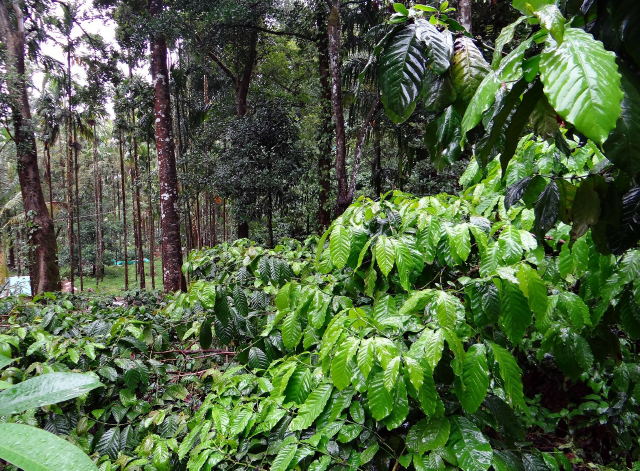
Although the sour and sweet taste of Robusta is inferior to that of Arabica, its high concentration and strong bitterness are indispensable varieties of coffee for the above-mentioned industries. Moreover, Robusta also has strong disease resistance, strong resistance to leaf rust, the archenemy of coffee, and the yield is also very high, so it is often used in variety hybridization and instant coffee production.
Some boutique Robusta coffee beans are used in the blending of espresso beans to increase the mellow thickness and richness of the coffee.
The main producing area of Robusta coffee beans & annual output
Robusta accounts for 30% to 40% of the world's coffee bean production and is mainly grown in Vietnam, Indonesia, C ô te d'Ivoire and Brazil. In recent years, Brazil has been committed to the production of Robusta, which accounts for 30% of the total production. Unexpectedly, Brazil has become a major producer competing with Vietnam for the first place.
These areas usually have low elevations and sultry climates, which not only make coffee trees carefree to grow and bear fruit, but also germs and pests. For Arabica varieties with weak disease resistance and insect resistance, it is impossible to grow healthily in these environments.
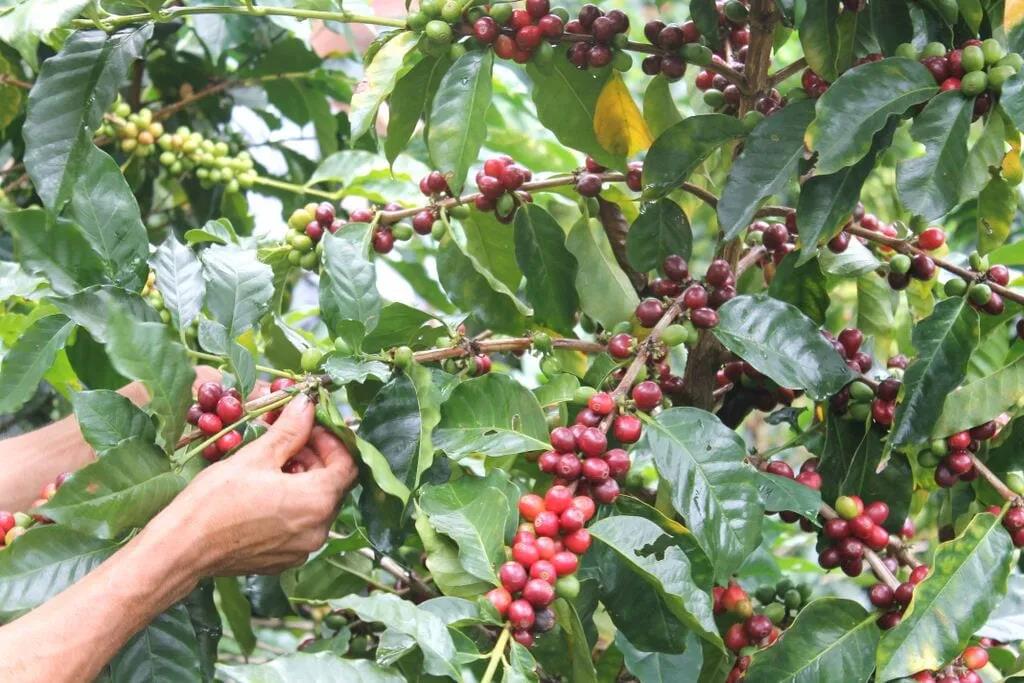
Robusta coffee is a natural variety in West Africa and can be spoken in areas with lower elevations and higher temperatures. At the same time, it has strong adaptability, can resist bad climate, resist the invasion of diseases and insect pests, and does not need much manual care during soil preparation, weeding and pruning. It can be allowed to grow in the wild. It is a kind of coffee tree that is easy to cultivate.
'
It has good disease resistance and insect resistance because Robusta contains a lot of chlorogenic acid, which is characterized by its bitter taste, so no pest germs want to come into contact with this taste, which is why Robusta coffee beans are so much more bitter than Arabica coffee beans. Also because of the large amount of chlorogenic acid, some pleasant coffee flavors can not be formed more.
Why does Robusta taste so bitter?
Although we have learned that there is a big difference between Arabica and Robusta, what is the difference between the iron pickup of Arabica and Bourbon? Qianjie after consulting the data, whether in terms of genetic level or composition, there is almost no difference between the two.
However, the composition and structure of the two original regenerated beans are different, which will have a great influence on the flavor of baked beans. However, the difference is not as significant as that of Arabica and Robusta. Arabica and Robusta are academically different, like Wenzhou oranges and grapefruit. There are also great differences in composition balance, so it is only natural that there are great differences between the two.
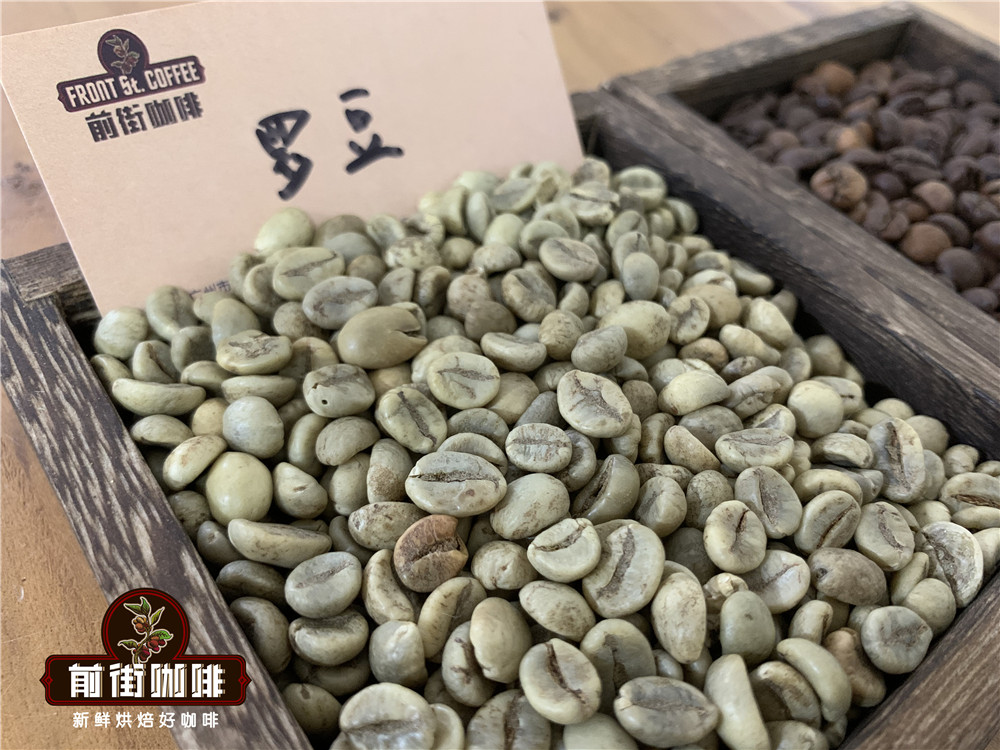
According to the research and analysis of scholars, the main sources of Robusta's bitterness are:
① caffeine, refreshing is one of the bitter ingredients
② chlorogenic acid, the source of mellow, bitter and astringent taste of coffee.
③ proteins and amino acids are sources of strong bitterness such as dark beer and chocolate.
The fructose content of ④ is low. Fructose is originally the source of sour taste, can bring diversity to the bitter taste, resulting in a soft, mellow flavor, but the content in the Robbins tower is very small. In other words, there is almost no sour taste, which leads to the lack of softness of Robusta's bitterness, and the intense bitterness outweighs the astringency. Form a monotonous taste with only bitter taste.
Robusta boutique coffee
Although Robusta sells cheaply and doesn't taste good, it doesn't mean that all beans must be of low quality.
As a matter of fact, competitions and auctions are also held in India, Indonesia and Vietnam to select boutique coffee from the Robbins Tower. What is active on this stage is not Q (Quality Gradiy), but R (Robusta Gradiy, Robusta). Incidentally, Q Review is a coffee bean appraiser approved by the American Fine Coffee Association (SCAA), and its Robusta version is R Review.
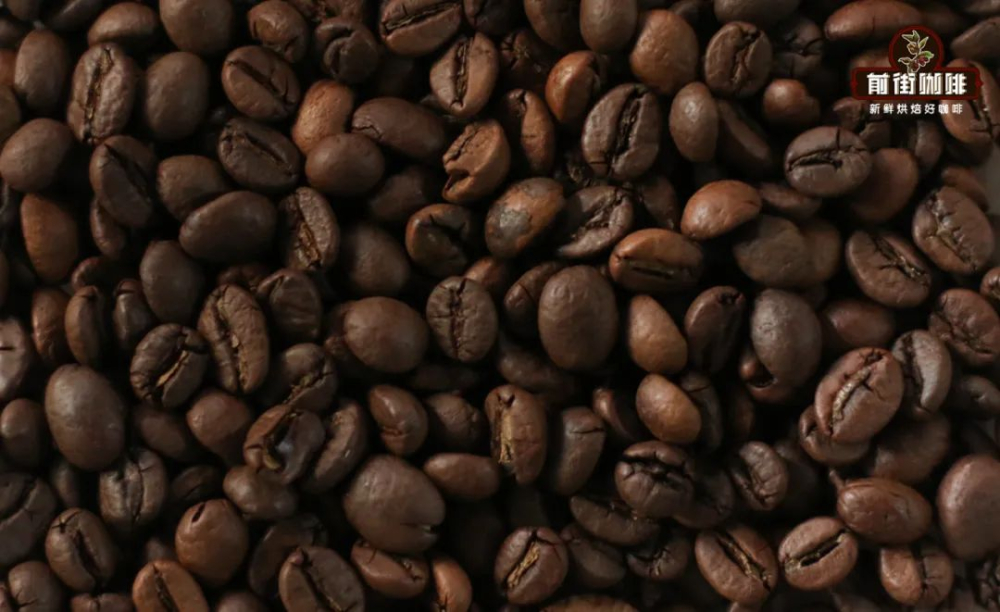
In recent years, Liberian coffee from the Philippines and Malaysia has been on the market in Japan. There are two opinions of pros and cons in taste evaluation, which can be said to be a kind of personality coffee.
Some robusta coffee that has been better cultivated and treated can retain the characteristics of high mellow and low acidity while showing pleasing flavors such as mugi-cha, nuts and caramel. In the 2022 World Barista Competition, Japanese contestant Guizhi Ishiya used Panamanian Hartmann Rose Summer to match the Vietnamese boutique Robusta, subverting the definition of boutique coffee by a new generation of coffee lovers.
Although Robusta is not as good as Arabica coffee beans in flavor, it has a very strong mellow thickness and can bring a very solid and mellow taste to the coffee. If you brew directly, it may not taste good, but if used for matching, boutique Robusta can be said to be a good "partner".
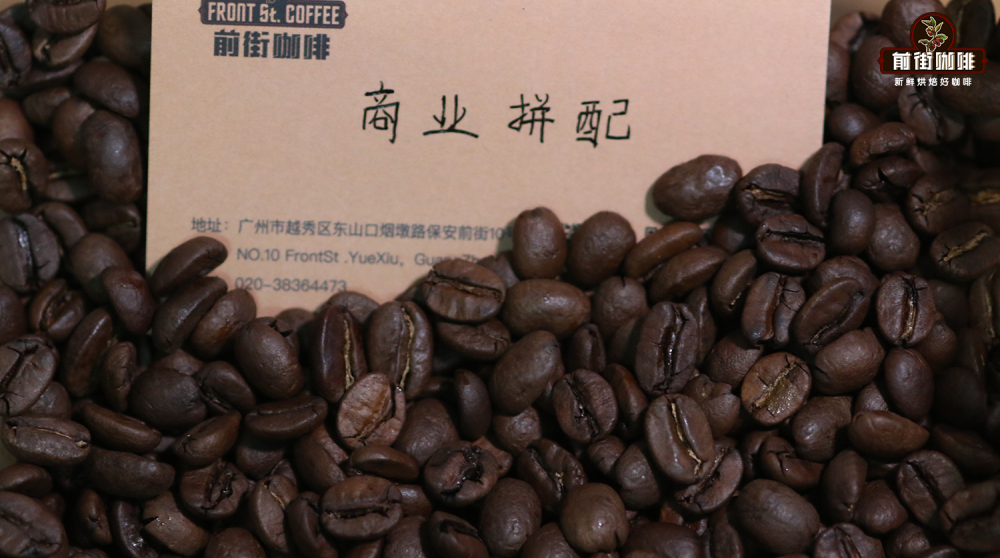
At present, Qianjie Coffee sells a "commercial mix" of Italian coffee beans, with 60% Brazilian Arabica beans + 30% Colombian Arabica beans + 10% Robbosa beans in Vietnam. The mixed nutty flavor of coffee beans in Brazil provides the main tone. The berry and caramel flavor of coffee beans in Colombia enriches the coffee, while a small amount of Robusta in Vietnam increases the mellow thickness of the coffee.
Important Notice :
前街咖啡 FrontStreet Coffee has moved to new addredd:
FrontStreet Coffee Address: 315,Donghua East Road,GuangZhou
Tel:020 38364473
- Prev
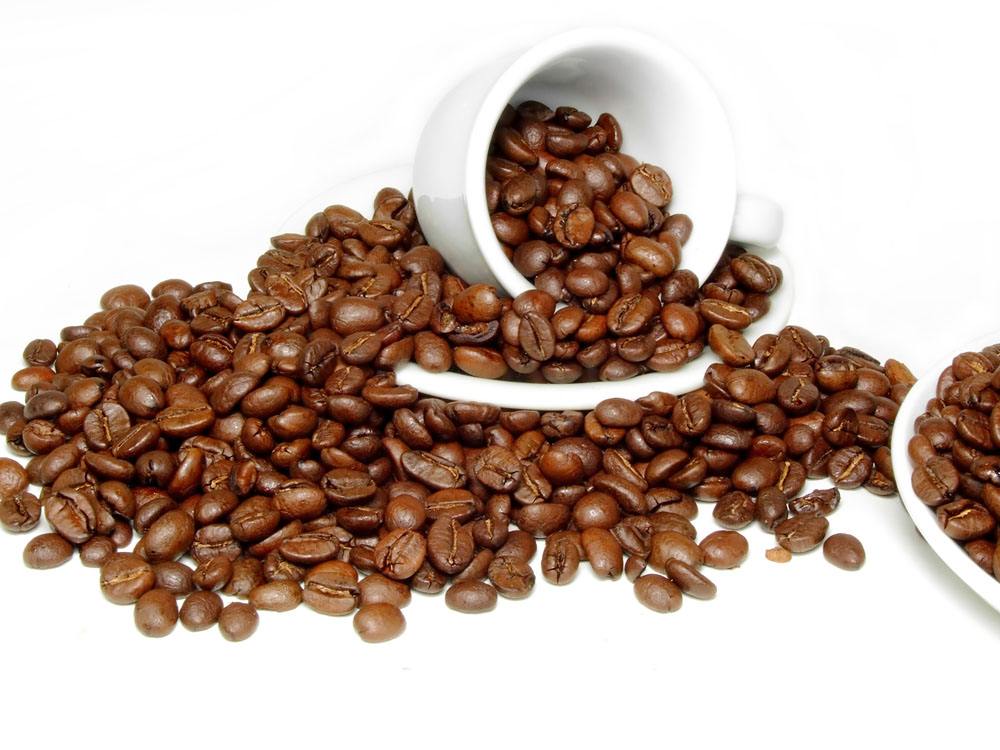
What does geisha coffee mean? introduction to geisha coffee beans
Following caf é (Wechat official account vdailycom) found that the geisha of Emerald Manor, which opened a small shop of its own, was able to become a world-famous coffee because Rodolfo Peterson, a Swedish banker who retired by chance, bought the Jade Manor in Panama in order to spend his twilight years. The coffee trees in the manor bore fruit and were sent to participate in the coffee.
- Next
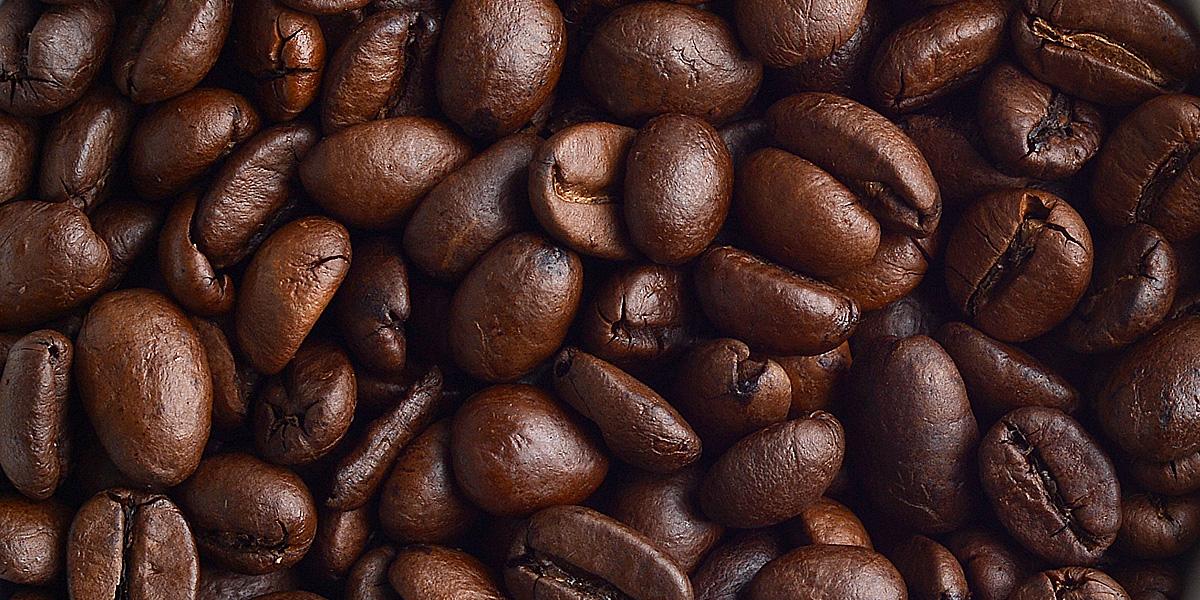
How to brew robusta coffee, robusta coffee brewing steps
Following Cafe Review (official Wechat account vdailycom) found that the main features of Robusta (Robusta) Robsta, a small shop opened by Beautiful Cafe, are: poor aroma of ●; ● tends to have a bitter taste after deep roasting; ● Creama is more; ● has low acidity; ● is high in caffeine. Robusta kind of Ken has a unique fragrance (known as Rob smell, some people mainly because of mildew
Related
- Detailed explanation of Jadeite planting Land in Panamanian Jadeite Manor introduction to the grading system of Jadeite competitive bidding, Red bid, Green bid and Rose Summer
- Story of Coffee planting in Brenka region of Costa Rica Stonehenge Manor anaerobic heavy honey treatment of flavor mouth
- What's on the barrel of Blue Mountain Coffee beans?
- Can American coffee also pull flowers? How to use hot American style to pull out a good-looking pattern?
- Can you make a cold extract with coffee beans? What is the right proportion for cold-extracted coffee formula?
- Indonesian PWN Gold Mandrine Coffee Origin Features Flavor How to Chong? Mandolin coffee is American.
- A brief introduction to the flavor characteristics of Brazilian yellow bourbon coffee beans
- What is the effect of different water quality on the flavor of cold-extracted coffee? What kind of water is best for brewing coffee?
- Why do you think of Rose Summer whenever you mention Panamanian coffee?
- Introduction to the characteristics of authentic blue mountain coffee bean producing areas? What is the CIB Coffee Authority in Jamaica?

